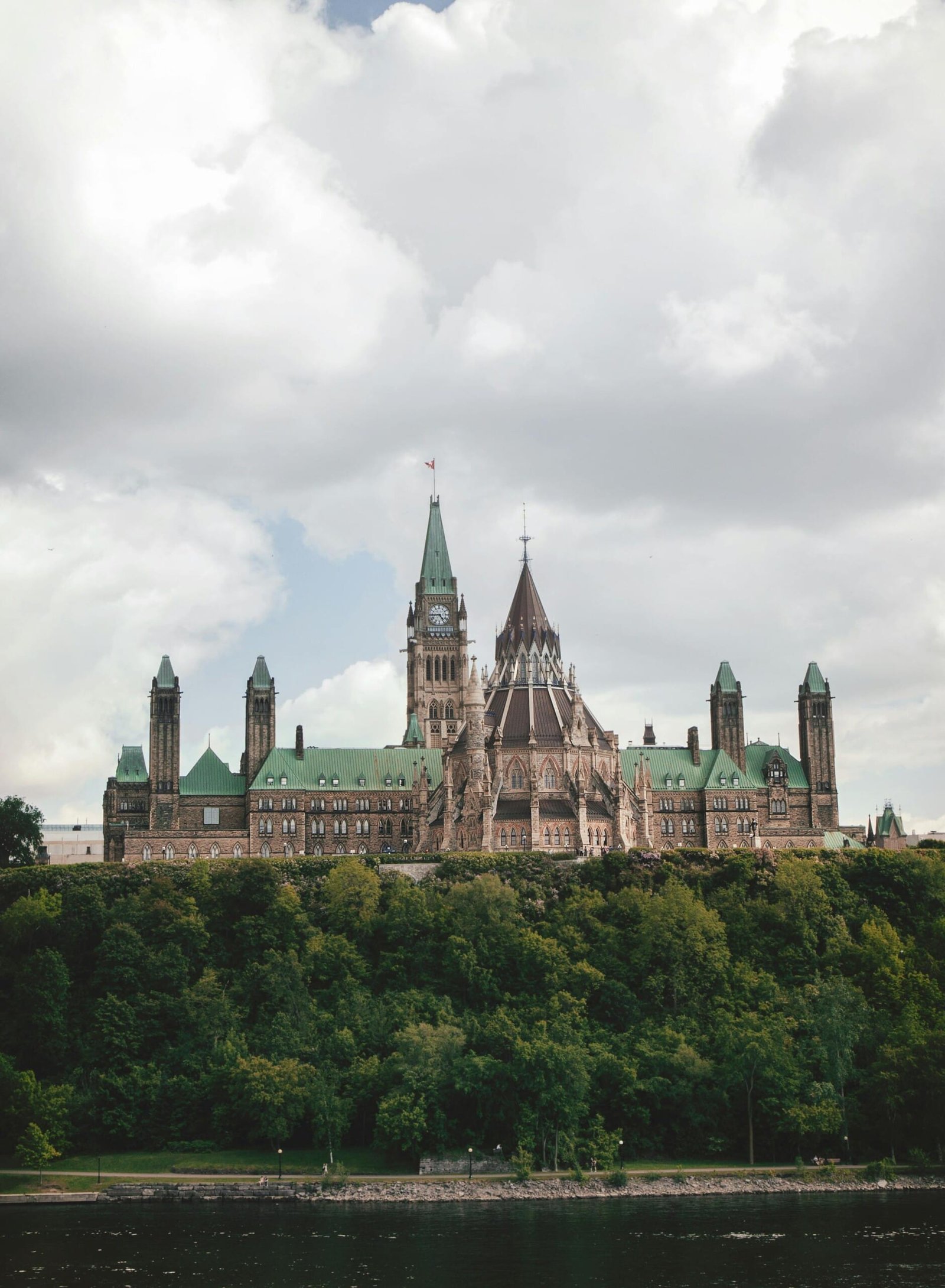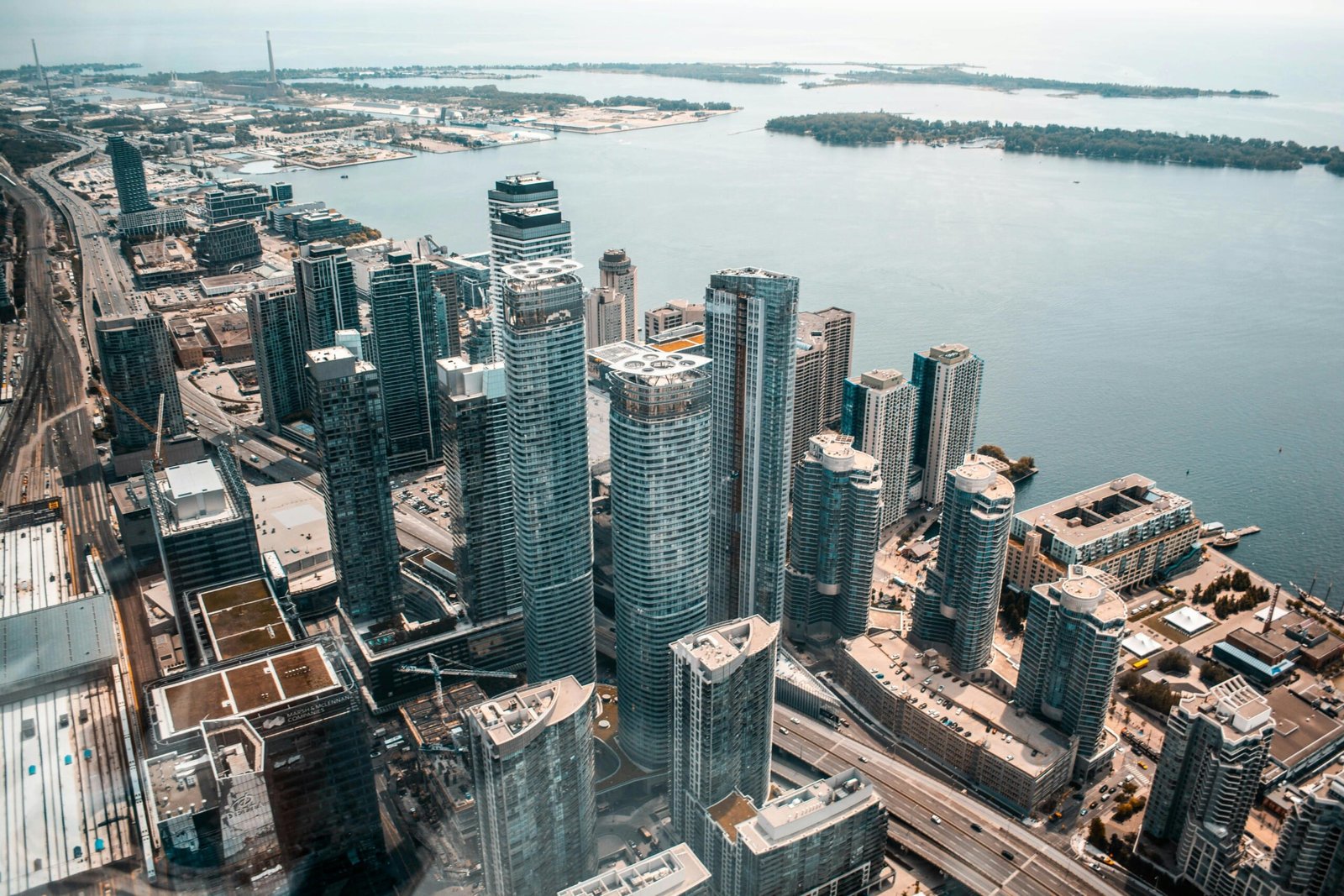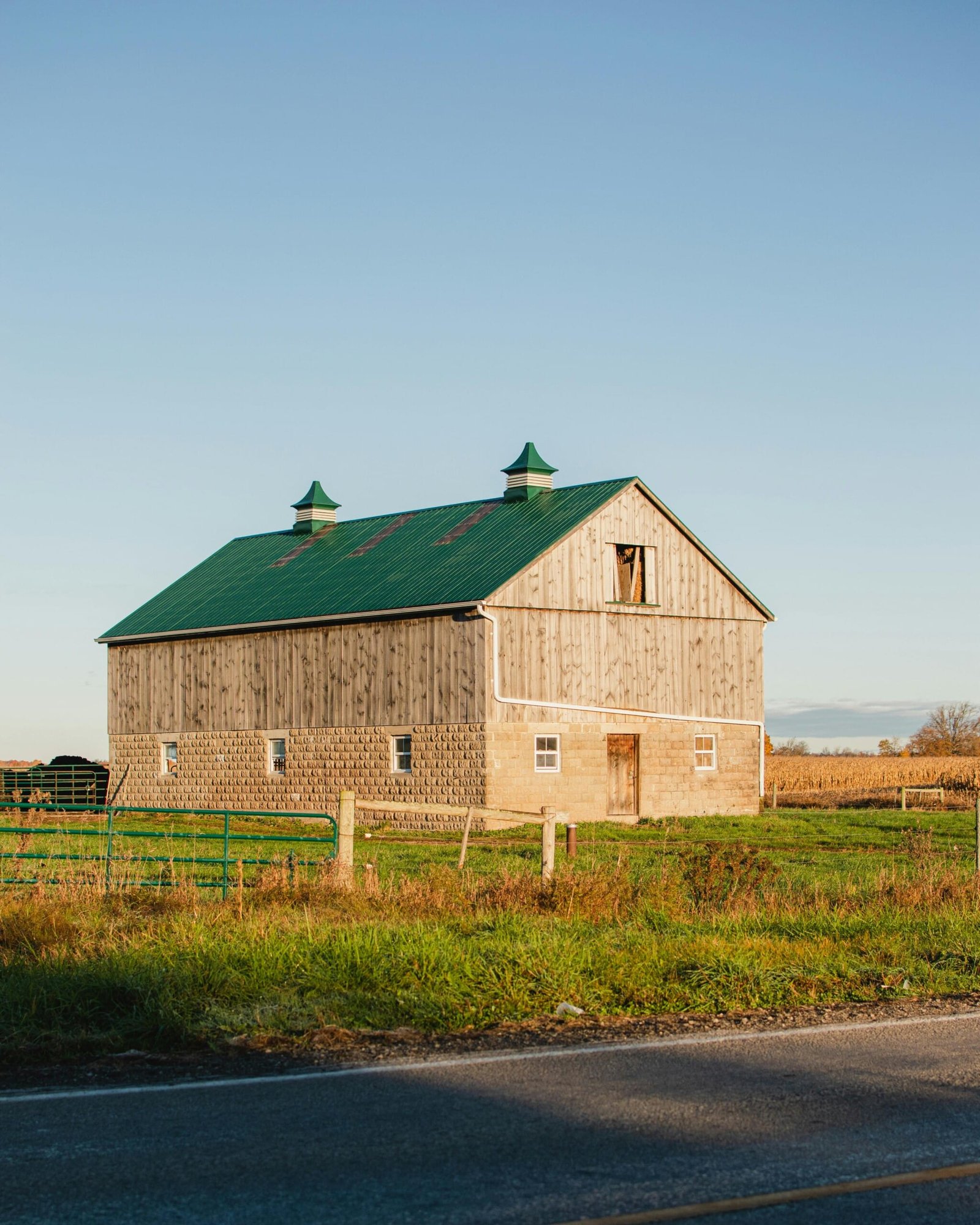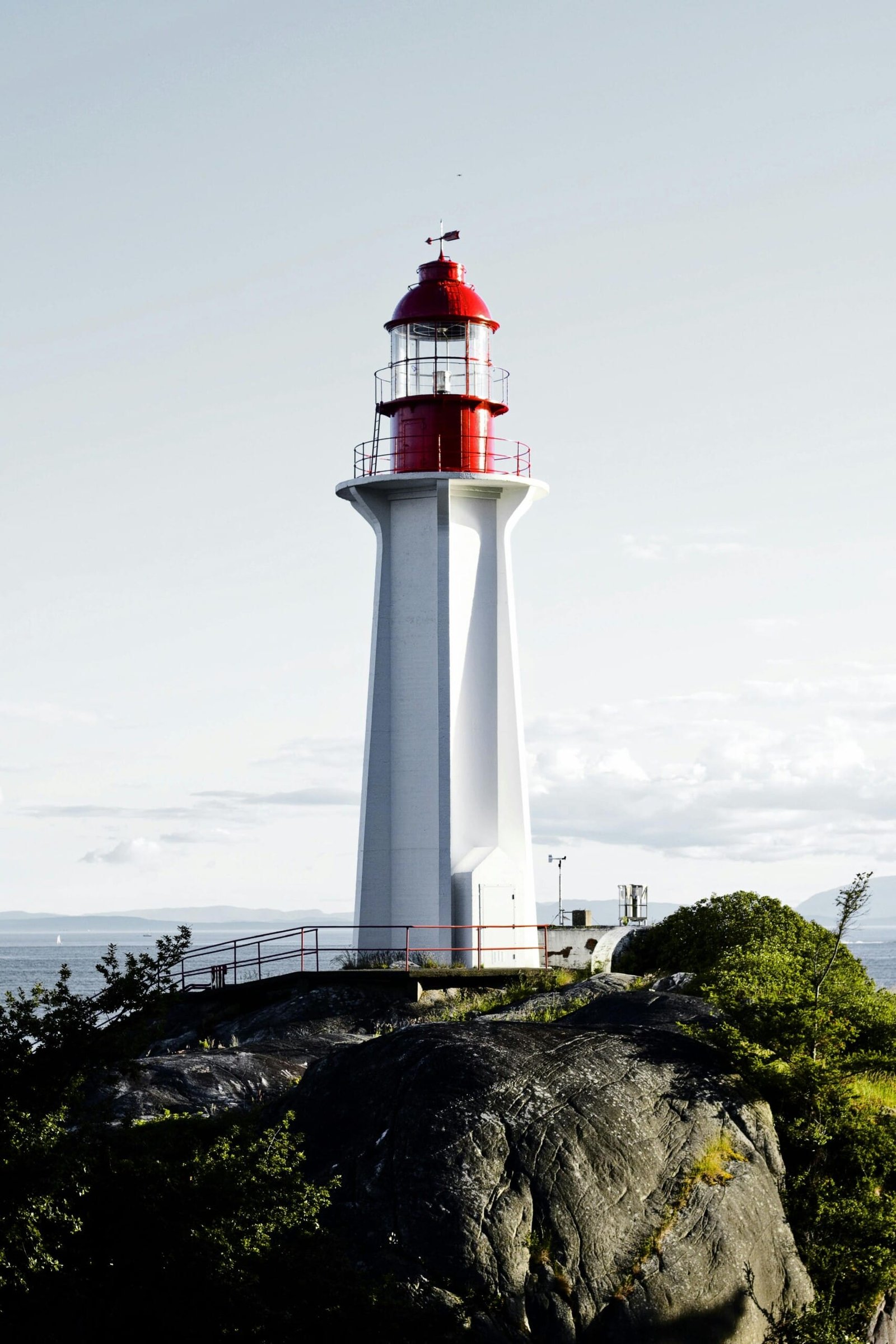by Cristina Zohil-Morton
Share
by Cristina Zohil-Morton
Share

The recent 2025 federal election has brought significant changes to Canada’s political landscape, with the Liberal Party — now led by Mark Carney — securing a narrow minority government. For anyone looking to immigrate to Canada, this outcome signals key shifts in Canadian immigration policies that may influence future applications for both Canadian permanent residence and temporary residence, including those applying as temporary foreign workers and international students.
As a Canadian immigration law firm, we support corporations, individuals, and families in navigating Canada’s immigration pathways with clarity. We’ve outlined what you need to know about how this new political direction could impact your plans to come to Canada.
1. Lower Immigration Targets: A More Measured Approach
In a departure from past years, the Liberal government has significantly reduced its immigration targets for Canadian permanent residence. The new plan sets a target of 395,000 newcomers in 2025, decreasing to 380,000 in 2026 and further to 365,000 in 2027. This reflects growing public concern about housing availability and economic sustainability.
2. More Focus on Temporary Residents Already in Canada
Approximately 40% of new Canadian permanent residents will be selected from individuals already living in Canada under temporary visas, including international students, foreign workers, and refugee claimants. This shift prioritizes integration and reduces strain on services.
3. New Cap on International Student Visas
In an effort to stabilize housing and educational resources, the Liberal government has imposed a cap on new study permits. While Canada remains a top destination to study abroad, this cap means increased scrutiny and competition for prospective international students.
4. Boosting Francophone Immigration to Canada
As part of its commitment to support French-speaking communities across Canada, the Liberal Party has proposed increasing the national target for Francophone immigration outside of Québec to 15% by 2029. This proposed target surpasses the current figures outlined in Canada’s Immigration Levels Plan, which are set at 8.5% in 2025, 9.5% in 2026, and 10% in 2027. This immigration policy aims to strengthen Francophone minority communities outside Québec and address key demographic and labour market needs in these regions.
5. Emphasis on Skilled Economic Immigration
The Liberal Party is doubling down on attracting skilled workers through economic immigration programs like Express Entry and the Provincial Nominee Program (PNP). With targeted draws and tighter selection criteria, professionals in high-demand sectors like tech, healthcare, and trades will remain a priority.
6. Political Dynamics May Alter Future Immigration Reforms
With a minority government in place, the Liberal Party will need to negotiate with smaller parties to pass immigration legislation. This may result in a more balanced or fluctuating approach, depending on parliamentary alliances.
What This Means for Prospective Immigrants
These changes reflect Canada’s evolving immigration landscape, balancing economic needs with infrastructure limits. Whether you’re applying for Canadian permanent residence, a study permit, or are seeking guidance from a Canadian immigration lawyer, staying informed is critical.
How Zohil-Morton Law Can Support Your Immigration Goals
If you are considering your options to immigrate to Canada, now is the time to plan strategically. Contact us to schedule a consultation with Cristina Zohil-Morton, an experienced and trusted immigration lawyer, or e-mail her directly at cristina@zomolaw.ca. We’re here to help you take the next step toward making Canada your home.
Let Zohil-Morton Law help you make informed decisions, avoid common mistakes, and move forward with confidence.
STAY IN THE LOOP





